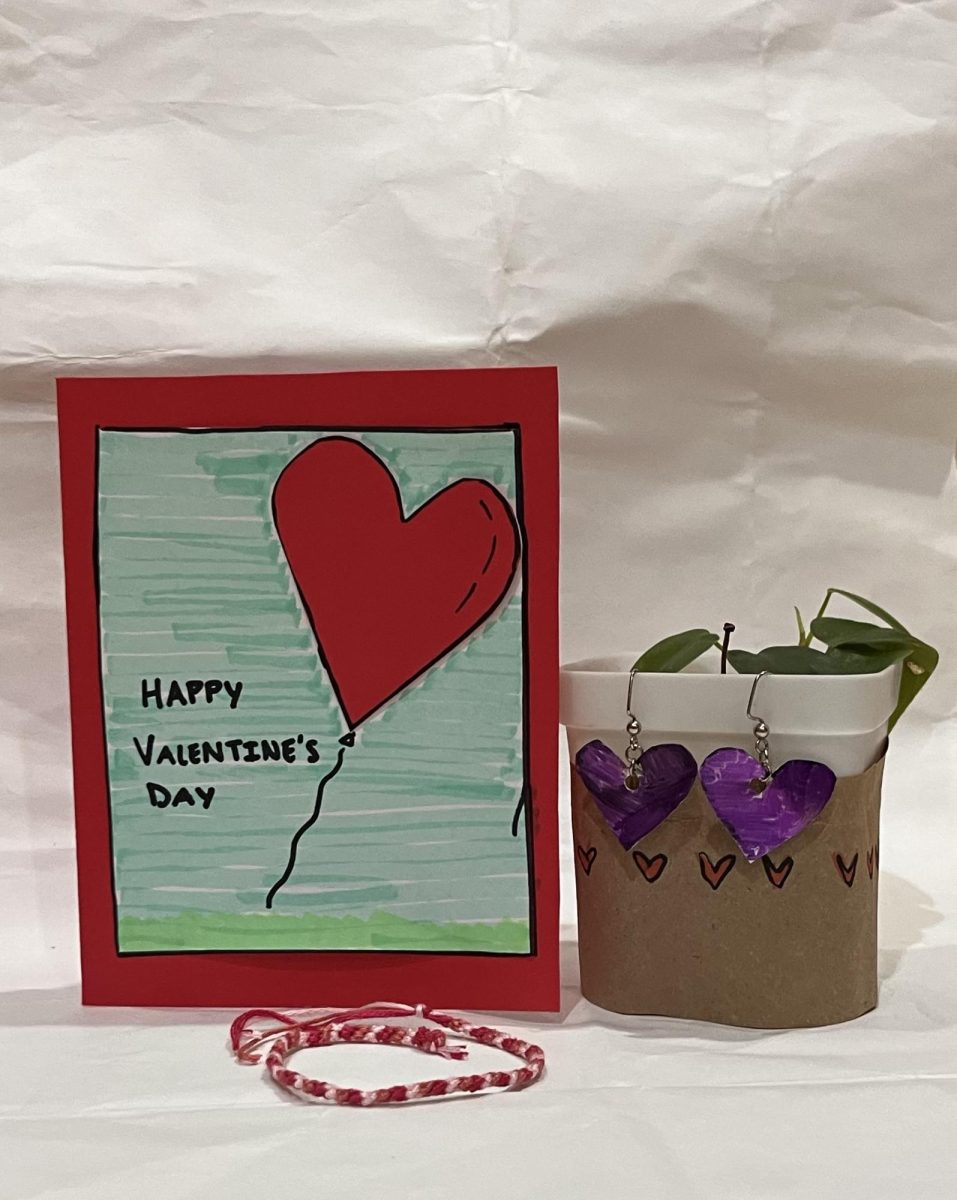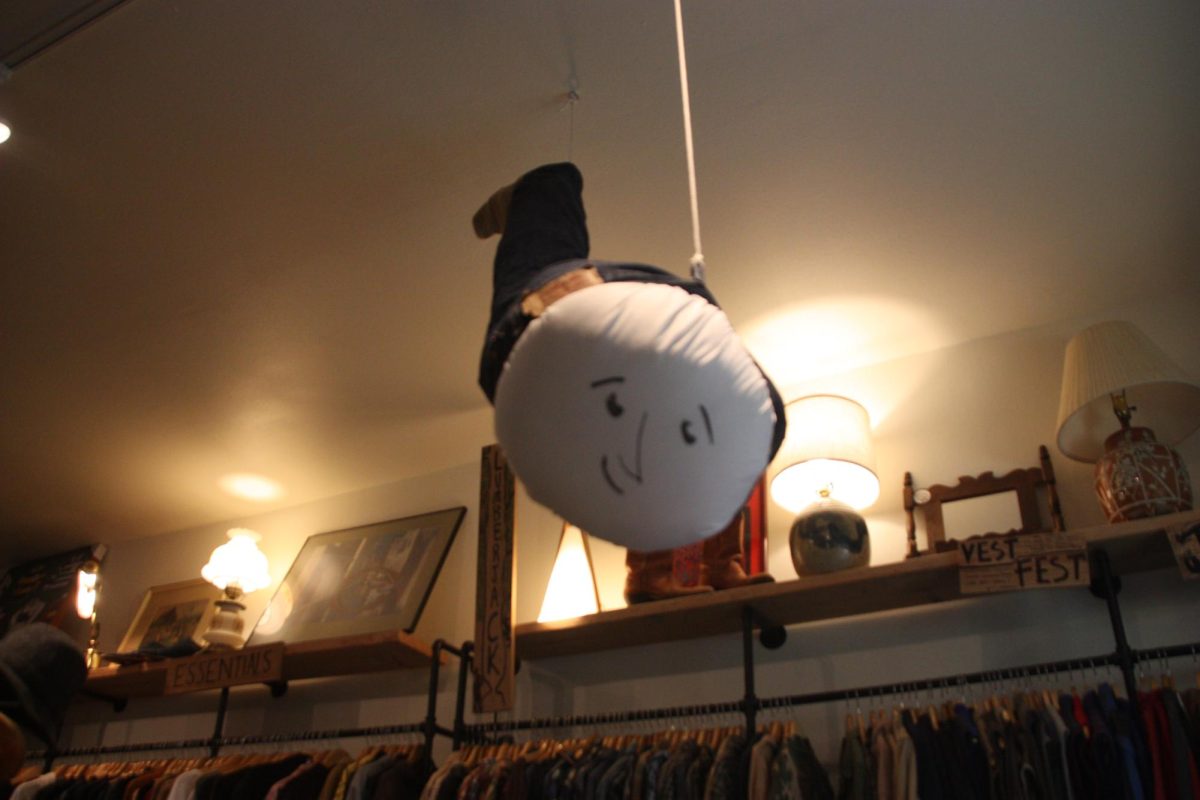Valentine’s Day is a day dedicated to celebrating love and the people in our lives, yet combined with our consumerist habits, each Feb. 14 carbon emissions spike. Each year, 36 million heart-shaped boxes, 180 million roses, 198 million roses, and 58 million pounds of chocolate are bought and consumed by Americans on Valentine’s Day.
While these actions are seemingly harmless, the carbon footprint they produce is inescapable at approximately 9 million kilograms of CO2 emitted into the atmosphere per year. Annually, the US produces 16 tons of CO2 emissions, equating to approximately 16 billion kilograms. So while Valentine’s Day consumption is responsible for a relatively small fraction of annual CO2 emissions, it is still comparable to driving around the world 3,993 times.
Valentine’s Day isn’t the only holiday to see an increase in CO2 emissions. Spikes are seen around many holidays, especially Halloween, Thanksgiving, Christmas, New Year’s and Easter. On a day that is supposed to celebrate love, it seems extra callous to not share that love with the environment.
This year, choose to celebrate with the environment in mind. When buying chocolate, make sure you are choosing from a fair trade and ethically run company (such as Theo Chocolate or Tony’s Chocolonely); and instead of giving flowers, try a potted plant or a dried bouquet. If you can, shop locally and consider making your Valentine’s Day meal at home to help reduce food waste.
When picking gifts, opt for handmade items as they are not only more heartfelt but also more environmentally friendly. The same goes for cards, the more personal and original, the more value and sentiment they hold.
If you want to be extra eco-friendly this year, here are some ideas for gifts and decorations you can make. The best gifts are heartfelt and repurpose what you already have.
- Have an excess of old envelopes, greeting cards, or paint strips? Cut them up to make heart garlands and other Valentine’s Day decorations
- Create jewelry from beads at your house or get extra creative and cut up aluminum cans (but be careful of sharp edges)
- Already giving a plant? Give it a festive “cover” with a paper bag and some markers. Or grow the plant starting in an egg carton, or decorated mason or red sauce jar
- Sewing floss can be turned into friendship bracelets
- Scrap fabric can be used to create a unique quilt or to stuff a handmade stuffed animal
- Knit or crochet a clothing item or accessory
- Have lots of old books? Pick your favorite (or the receiver’s favorite) and add some annotations
Valentine’s Day is all about showing your appreciation for your loved ones, but this doesn’t have to look the same way for everyone, a gift can be just as unique as your relationship with that person. Gifts are not just limited to physical items, offering a service such as helping to mend old clothes, free childcare, or helping with yard work shows that you care just as much, if not more, than any box of chocolate or bouquet of roses does.
If you don’t have the time to make a gift or offer a service, your company will likely still be appreciated. Life is busy and other limitations always exist, so it’s not always possible to have the time to create personalized gifts for your loved ones or take the time to help everyone out in their lives while you’re still trying to get by in yours. When this is the case, prioritize reaching out with a text and reminding the people in your life you care about them, value them and are happy to have them in your life. If you have the time you can also use it as an opportunity to schedule some time to hang out together.
Ultimately, it is important to remember that the majority of CO2 emissions come from large companies, but every individual can help play a part in mitigating global warming. This Valentine’s Day, show both the environment and the people in your life that you care.









